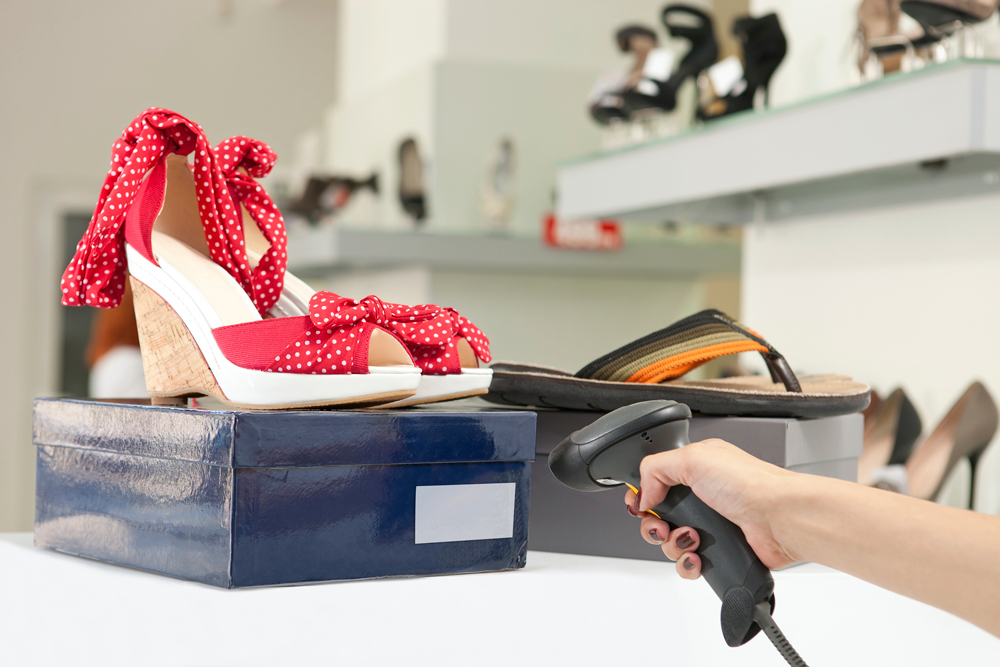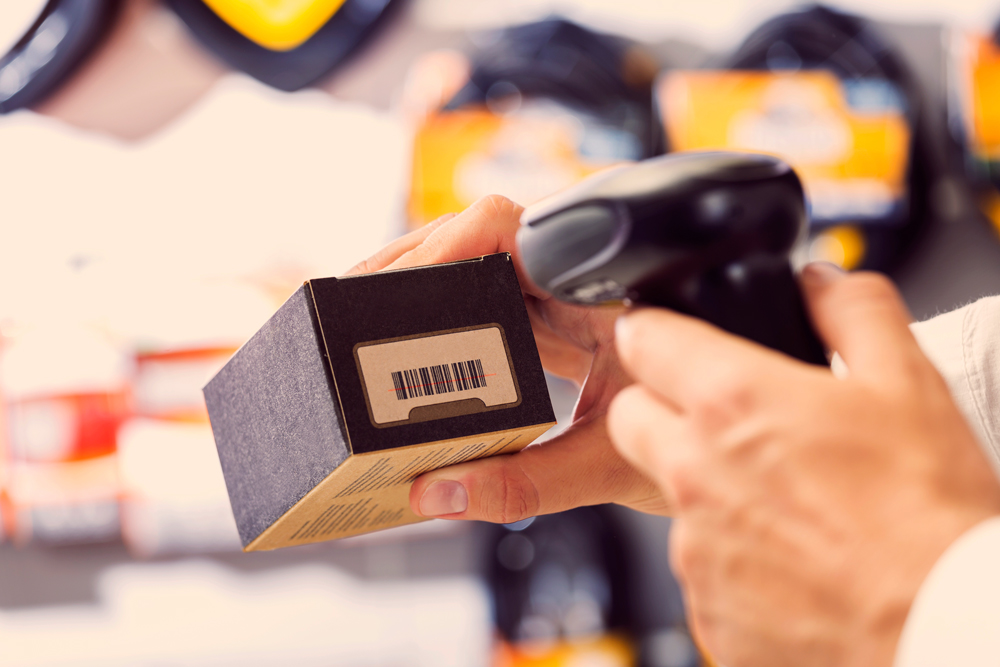Wasp Barcode Technologies: The Barcode Solution People
What is a Barcode Scaner and How Does it Work?

Barcodes have helped retailers pack information, such as pricing and
available inventory, onto their wares to move things along at the check-out counter, for decades. The barcode scanning systems are now being used in a myriad of industries, including medicine, travel, manufacturing, entertainment, law, and many other enterprises you might never expect (including death care).
Barcodes and dedicated barcode scanners are now an integral part of any high-functioning business that wants to take their organizations efficiency and asset management to the next level.
[su_divider top="no" size="2"]
[su_divider top="no" size="2"]
Most individuals have seen a typical barcode scanner at the supermarket (which is where they got their start), but there are many different kinds of scanners. Scanners can read different types of barcodes with a variety of functions, some scanners even have operations that smartphones and mobile computers lack. A barcode scanner is much more than a computer with one dedicated purpose.
[Tweet "Scanners can read different types of barcodes with a variety of functions."]
What is a barcode scanner?
Barcode scanners record and translate barcodes from the image you recognize into alphanumeric digits. The scanner then sends that information along to a computer database, either through a wired connection or wirelessly (depending on the model).
Those digits refer to a particular item, and scanning the numbers and bars pulls up an entry in the database with further information such as the price, how many of this item in stock, a description of the item and possibly a picture for reference.
Barcode scanners traditionally read the barcodes most people are familiar with. These include the 1D, or linear barcode, which appears as an image of parallel lines and spaces (usually a quiet zone). A quiet zone is a space to prevent the reader from picking up other information that is not wanted or needed in the barcode scan. The blank space doesn’t send any scanning signal and so it is referred to as a quiet space (or quiet zone).
For many years,
1D barcodes were the standard, and they are still in widespread use today despite their smaller capacity for information (they can only contain about 20-25 characters, though stacking the characters helps to increase that number). 2D barcodes store information both horizontally and vertically, resulting in exponentially larger storage capacity; however, an image scanner is required to read 2D barcodes, while a simple barcode scanner can only handle linear codes.
There are different kinds of barcode scanners, some scanners use lasers, while others use lights or cameras, to capture the barcode image and turn it into an electronic code. There are pen readers, which have no moving parts, just a light source and a photodiode to measure the lines and spaces on the 1D barcode. Laser scanners use lasers as the light source, and have fewer errors scanning from a greater distance than pen readers (thanks to mirrors and lenses). CCD readers measure ambient light rather than self-reflected light, and take several readings per scan to reduce errors. Camera-based readers take a photo of the barcode in order to read and decode it, and they are a decent, cheaper option. The most advanced scanner of all is the omni-directional scanner, which is a laser scanner with more mirrors and lenses to reduce errors. An omni-directional scanner can read ripped, crumpled or otherwise damaged barcodes at a faster rate than other, lesser laser scanners.

What are the benefits of a dedicated barcode scanner?
While there are differences among the many types of barcode readers,
the benefits common to them all are what will make an investment in a dedicated scanner over a lesser solution well worth the purchase price.
A dedicated scanner:
- Integrates into your system: Barcode scanners are essentially keyboards that are connected directly to your existing systems; smartphones likely require bluetooth adapters and/or drivers to connect to your point of sale (POS) system.
- Has few software issues: Barcode scanners don’t get viruses and don’t generally need software updates, nor are they interrupted by texts or calls from other scanners.
- Durability: Barcode scanners are built to last, operating for years without problems.
- Functionality: They can read codes quickly and read the codes from a distance, leaving behind other typical dilemmas of non-readers, like balancing battery life and slow operating systems.
A
dedicated barcode reader or scanner is the best option for a business looking to integrate barcode technology into their tracking and auditing system. While mobile computers have the ability to read barcodes, they are not as stable and readable as traditional barcode scanners.
[su_divider top="no" size="2"]
A dedicated barcode reader or scanner is the best option for a business looking to integrate barcode technology into their tracking and auditing system.
[su_divider top="no" size="2"]
How do barcode scanners make for a more efficient business?
Barcodes have most prominently been featured in POS systems, bringing up price information at the checkout counter of a retail store, for example. Barcodes are increasingly being used in asset management, both for
inventory and fixed assets, including employee information and benefits where these papers can be quickly accessed and updated as needed, just as physical items can be accessed and tracked.
Barcodes help businesses track inventory in and out of stock or production, ensures the safety of inventory from theft (by employees or otherwise), and maintains a lean turnover ratio with accuracy and elimination of excess stock. For fixed assets, barcodes can help create a comprehensive check-in/check-out system and even aid in tracking asset depreciation, maintenance and repair. A quick scan of the barcode attached to any important item, from laptops, to products, to folders with sensitive files, to safety equipment, scanners can quickly tell you everything you need to know about the item you are seeking and can update your system with the most timely information possible.
Barcode scanners come in all shapes, sizes and forms, from pocket-fixes to handheld, fixed in one place, to wearable scanners. 1D to 2D and integrated options as part of your back-end systems or provided as an add-on to an existing mobile device. As
more companies recognize the added benefits of automated asset tracking systems, expect barcodes to continue proliferating in popularity throughout the business world.




